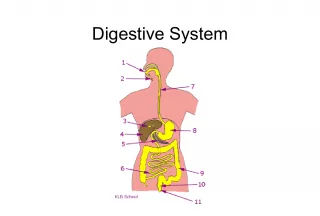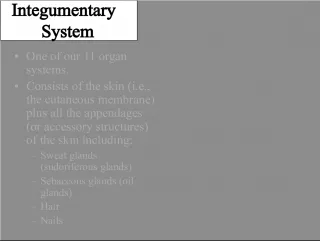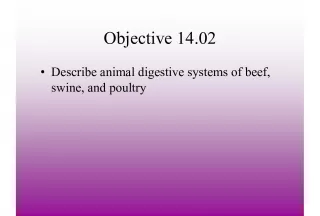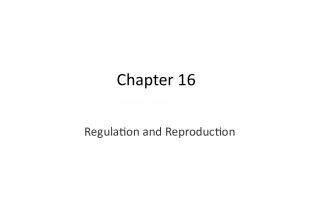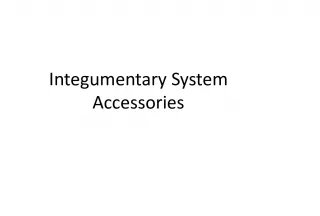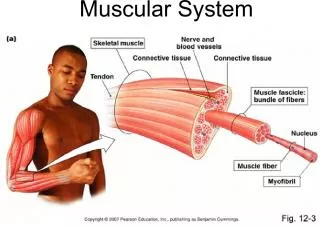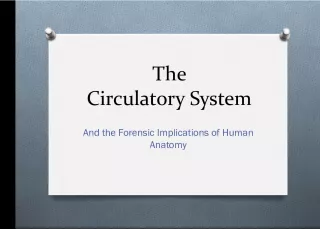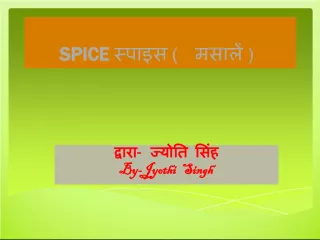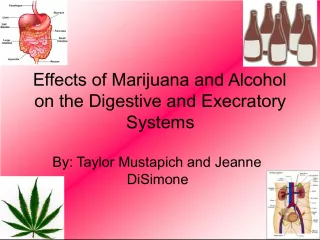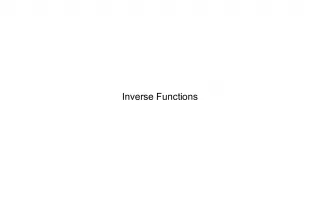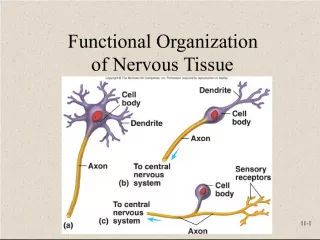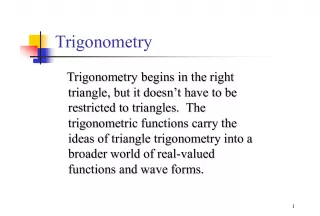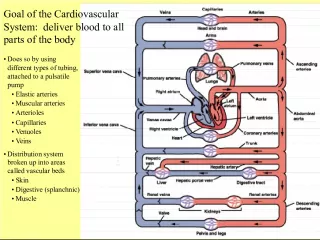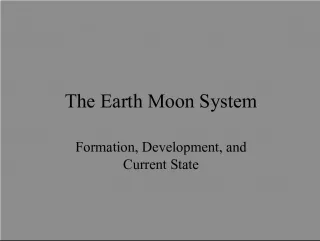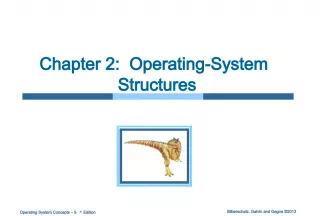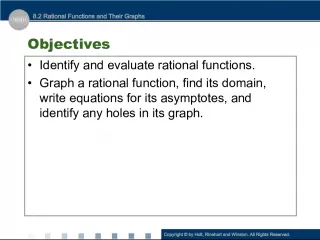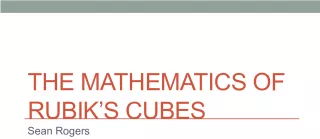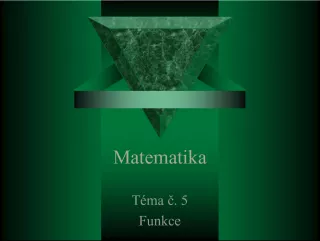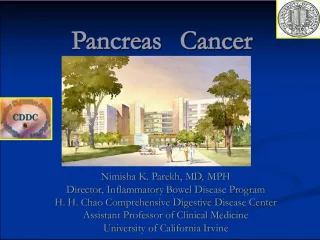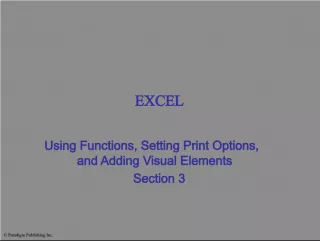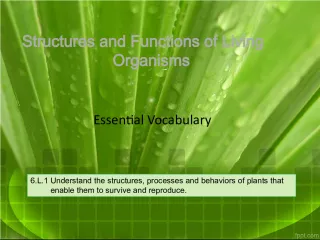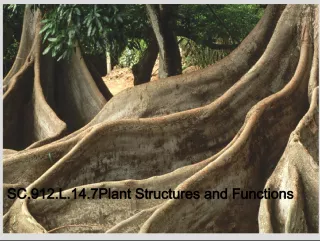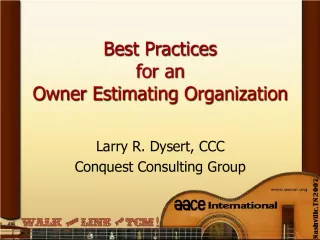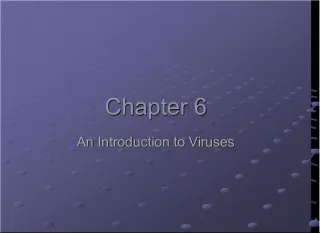Understanding the General Functions of the Digestive System


Chapter 14 of this informative guide provides an overview of the general functions of the digestive system. These functions include ingestion, which involves placing food into the mouth, and propulsion, which
- Uploaded on | 2 Views
-
 brittanygarcia
brittanygarcia
About Understanding the General Functions of the Digestive System
PowerPoint presentation about 'Understanding the General Functions of the Digestive System'. This presentation describes the topic on Chapter 14 of this informative guide provides an overview of the general functions of the digestive system. These functions include ingestion, which involves placing food into the mouth, and propulsion, which. The key topics included in this slideshow are . Download this presentation absolutely free.
Presentation Transcript
Slide1DIGESTIVE SYSTEM - F UNCTIONS Chapter 14
Slide2GENERAL FUNCTIONS Ingestion Placement of food into mouth Propulsion Peristalsis – involuntary – alternating waves of contraction/relaxation of muscle – longitudinal then circular Squeezes food along Food breakdown: mechanical digestion Prepares food for breakdown by enzymes by breaking it into smaller pieces
Slide3GENERAL FUNCTIONS CONT . Food breakdown: chemical digestion Enzymes break food down into building blocks Hydrolysis reactions – add water to break apart bonds Carbs Monosaccharides – glucose, fructose, galactose Disaccharides – sucrose (sugar), lactose (milk) Polysaccharides – starch Proteins – broken into amino acids Lipids – broken into fatty acids and glycerol Absorption – movement of nutrients from lumen to blood Defecation – removal of indigestible residue
Slide4ACTIVITIES OF MOUTH , PHARYNX , & ESOPHAGUS Mastication - chewing – mechanical digestion Mixing w/ saliva – begins starch digestion Continuously released – more released when food enters Deglutition – swallowing Buccal phase – voluntary Bolus is forced into pharynx by tongue
Slide5MOUTH CONT . Pharyngeal-esophageal phase – involuntary Transport of food through pharynx and esophagus Food moved by peristaltic contractions Cardioesophageal sphincter – separates esophagus and stomach – pushed open by food Gravity has nothing to do with food moving down. Epiglottis – blocks trachea ; soft palate – blocks nasal passages; tongue – blocks mouth No absorption – exceptions: some heart medications
Slide6ACTIVITIES OF STOMACH Food breakdown Gastrin – triggers stomach glands to release pepsinogens, mucus, and HCl acid 2-3 liters of gastric juices/day Hydrochloric acid – changes pepsinogen into pepsin to break down proteins In infants – also have rennin to break down proteins in milk – conversion resembles sour milk
Slide7STOMACH CONT . Stretching of walls triggers mixing/churning = chyme No absorption – exceptions: aspirin and alcohol Heartburn – cardioesophogeal sphincter doesn’t close tightly and stomach acid enters esophagus Ulcers – insufficient mucus – hydrochloric acid and pepsin eat away mucosa
Slide8STOMACH CONT . Food propulsion Peristalsis begins in lower stomach – increasing toward pyloric valve Pylorus allows only liquids and small enough particles to pass through pyloric sphincter Each contraction only pushes about 3ml of chyme through to small intestine Triggers enterogastric reflex – slows emptying of stomach to allow intestinal digestion to keep up Takes 4 hours to empty stomach (well-balanced meal) – if high in fat = 6 hours or more Emetic center in medulla of brain registers irritation in stomach and may trigger emesis (vomiting)
Slide9ACTIVITIES OF SMALL INTESTINE 3-6 hours Food breakdown Brush border enzymes – complete protein breakdown Mucosa cells release hormones secretin (pancreas/liver) and cholecystokinin (CCK) (pancreas/gallbladder) – trigger release of pancreatic juice and bile
Slide10SMALL INTESTINE CONT . Pancreatic juice Pancreatic amylase – completes starch digestion Trypsin, chymotrypsin, carboxypeptidase – help complete protein digestion Lipases – lipid digestion Nucleases – nucleic acid digestion Biocarbonate – neutralizes the acid from stomach Bile – emulsifies (breaks down) large fat molecules into smaller ones Food absorption – occurs mainly by active transport All along small intestine Food propulsion - peristalsis
Slide11ACTIVITIES OF LARGE INTESTINE 12-24 hours Food breakdown Bacteria breakdown few remaining nutrients Produce methane and hydrogen sulfide Bacteria make vitamin K and some vitamin B Food absorption Vitamins, water Feces – what remains – undigested material, bacteria, small amount of water
Slide12LARGE INTESTINE CONT . Propulsion Peristalsis – doesn’t work as well Mass movements – long, slow-moving waves of contraction – moves contents toward rectum Defecation reflex – triggered by stretching of rectum walls Feces are moved into anal canal Message is sent to brain about use of external voluntary sphincter – brain can tell sphincter to close and the reflex is put on hold Diarrhea – food is rushed through large intestine and there isn’t time for water to be absorbed – may result in dehydration Constipation – food moves too slowly and too much water is absorbed
